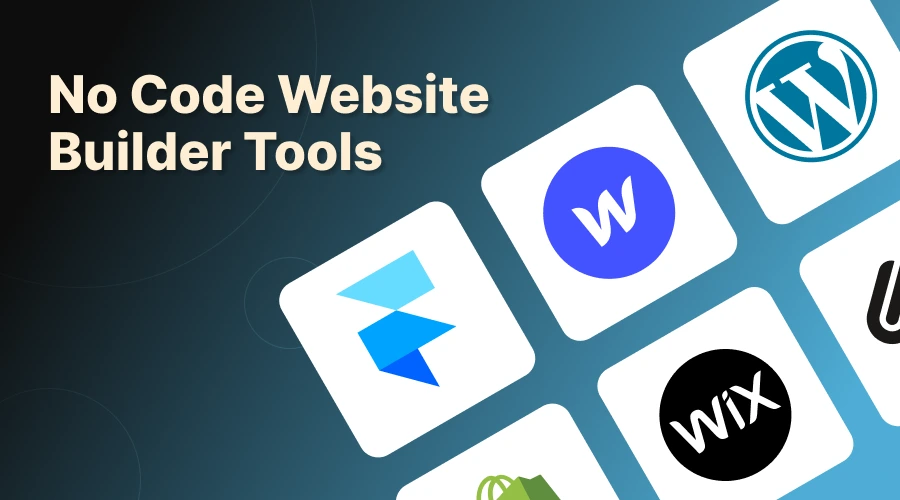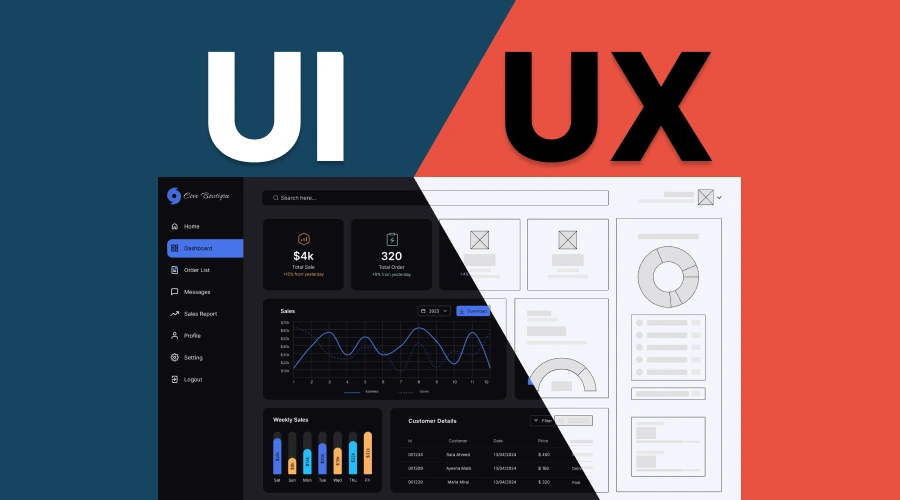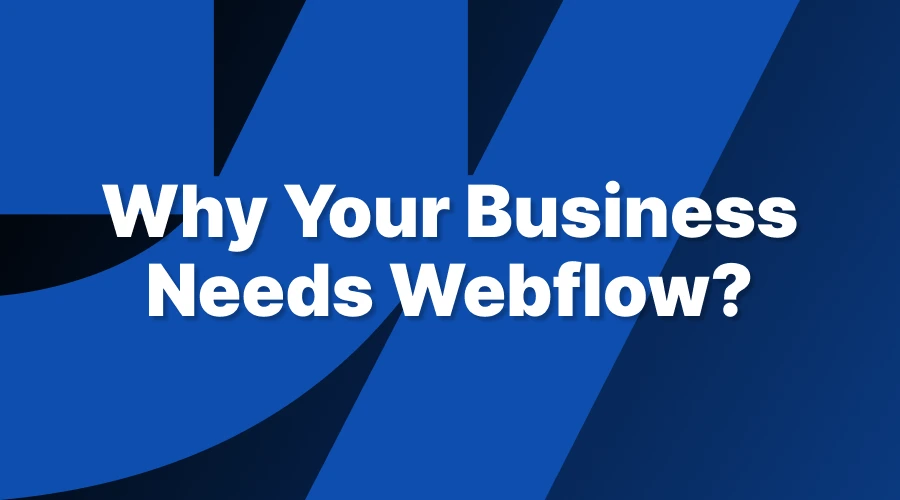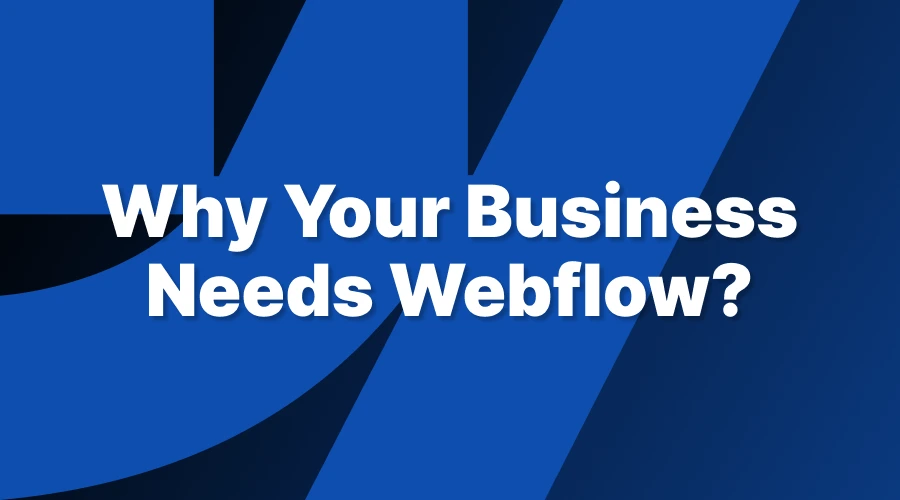Top 5 No Code Website Builder Tools to Use
Web Design

Aug. 16, 2024

The popularity of no-code website builders has been an ongoing trend to create websites. These tools are now more robust and user-friendly, with many additional features and plugins. With a little coding experience, you can build professional-looking websites with simple drag-and-drop functionality. These platforms are ideal for small business owners, entrepreneurs, and individuals wishing to develop an online presence quickly and affordably. These platforms include a variety of templates and tools for building stunning websites. Here are 5 of the best no-code website builders to help you get started.
What are No-Code Web Builder Tools/Platforms?
No-code website builders enable non-technical people to create websites effortlessly with little to no coding experience. These tools allow users to create websites with visual drag-and-drop controls, similar to building with Lego pieces. Instead of waiting for others to create a website for your business, you may do it yourself in hours or days. After your website goes live, making updates and changes is simple and intuitive.
5 Best No Code Website Builder Options for this year
There are so many no code website builder tools available to use, we’ve selected these website builders after thorough testing and examination of their key features and user experience.
Webflow
Webflow allows you to design, build, and launch websites without having to write mountains of code. You can use a drag-and-drop interface to create visually stunning websites that fit any screen size. Building with the code without writing any- Webflow generates semantic code that’s ready to publish. Webflow also features a built-in content management system, making post-launch updates a breeze. It includes features such as secure hosting, collaboration tools, and clean code generation for quick loading times. Despite its limits in e-commerce and advanced functionality, Webflow remains a powerful tool for creating professional websites.
Features
- Powered by Amazon Web Services
- Enables users to access the CMS
- Provides no maintenance with zero packages to install or updates
- Built-in SEO tools
- Free until the website is free to launch
Pros
- Wide range of features with live prototyping
- Short development time
- Powerful Build-in Animation Tool
- Multiple Screen Sizing Options
- No Plug-Ins Required
- Flexible CMS
- Secured hosting & ease of deployment
Cons
- Lack of code customizations
- Extensive pricing plans
- Restriction on eCommerce
- Because of its many powerful features, learning requires effort.
Framer
Framer is a popular no-code platform known for its simple functionality and Figma-like interface.
It enables designers to create interactive interfaces and high-fidelity prototypes that simulate the final product's appearance and behavior. It lets designers jump into creating prototypes without needing to code. It's like Figma, but with superpowers for interactivity. Designers can build realistic previews of websites that adapt to any screen, making it easy to test and refine ideas. Framer even keeps things organized with collaboration tools and Figma imports. On top of that, it can handle SEO, content management, and even some custom coding for those who want to push things further. It's a great way to streamline the design process and bring ideas to life.
Features
- Responsive component-based Design
- Advanced Interactions and Animations
- User Testing and Feedback
- Publishing and Real-time Collaboration Platforms
- Design Components Marketplace
- Design Handoff
Pros
- Customize the websites with a familiar user interface
- Easy to use and great performance
- AI-Powered Website Builder
- Integrates with Figma design’s layers, frames, and auto layout.
- Provides adaptability and departs from the conventional "box" model.
Cons
- Framer is not as polished as the design tool Figma or XD.
- CMS isn't as powerful as Webflow or WordPress.
- Restriction on eCommerce
- Because of its many powerful features, learning requires effort.
WordPress
WordPress is the most popular no code platform used to create blogs and websites. It offers an easy to use no code website builder tool Elementor that enables users to manage and design websites without knowing any code. The platform serves various purposes. It serves diverse user needs with customizable templates and features, making up to 60% of all websites, from individual bloggers to large corporations.
Features
- Highly modular (Numerous themes and plugins)
- Responsive sites
- SEO-friendly by default
- eCommerce features
- Frequent updates and increased security
Pros
- Beginner-friendly and easy to get started
- Relatively cheap web development solution
- Powerful CMS with media management
- Low hosting resource demands
- Easy to use and great performance
Cons
- Framer is not as polished as the design tool Figma or XD.
- Too Many Options to Choose From
- Keeping up with updates is a major concern
- Security vulnerabilities
- Optimizing site speed can be challenging
- Custom WordPress solutions can be expensive
Shopify
Shopify is the most popular no code platform with a variety of features and an easy-to-use interface for building ecommerce websites. It has been designed to make it simple for businesses of all sizes to create and maintain online ecommerce stores. When compared to non-programmable site development platforms, Shopify's primary benefit is that it lacks artificial intelligence, allowing users to create their own sales platforms without requiring advanced programming knowledge. Shopify is a dependable platform for anyone looking to start selling anything online, as it is utilized by over a million businesses worldwide.
Features
- SSL certificates, PCI compliance, high uptime
- Enhanced payment processing solutions
- Marketing and SEO support
- Speedy web hosting and enhanced security protocols
- Customer support offered 24/7
Pros
- User-friendly Interface and easy to get started
- Numerous variety of themes
- Suitable for businesses at each stage of growth
- Robust App store
- Easy web design solutions
Cons
- Extensive pricing plans
- Limited design customization options
- Shopify processing fees can be expensive
- No email hosting
- Difficult to leave
Wix
Popular website maker Wix can be used to build gorgeous websites in no time without the need for programming knowledge.This is made feasible by Wix's user-friendly drag-and-drop editor, which offers a wide variety of templates and other elements that can be changed as needed so that people can design their own personal sites in a very simple way.
Features
- Intuitive drag and drop interface
- Features rich builder
- SEO support
- Enhanced enterprise-grade security protocols
- Lots of help and customer support
Pros
- Good site loading times
- Massive attractive template collection
- Suitable for businesses at each stage of growth
- Robust App store
- User-friendly pricing platform
Cons
- Lack of flexibility
- Websites aren't transferable
- No external Apps or plugins
- Limited monetization options
Conclusion
Selecting the right no-code website builder is crucial for creating an impressive website without coding knowledge. These no-code website builders offer various capabilities, including personal blogs and online stores, with drag-and-drop options for easy design and customization. These platforms provide small business owners, freelancers, and those needing an online presence with excellent customer service. Choose the best builder for your needs and start creating your stunning, functional website today.
Countinue Reading
© 2024 WellCrafters. All rights reserved.

.3dd8c8bd852b.svg)
.26415c5a607d.svg)








